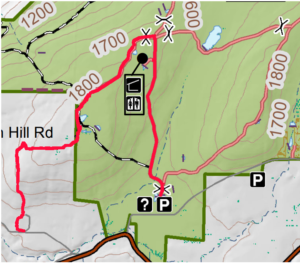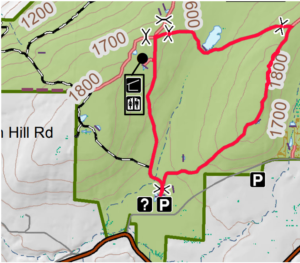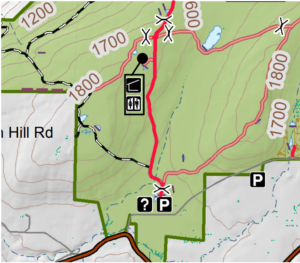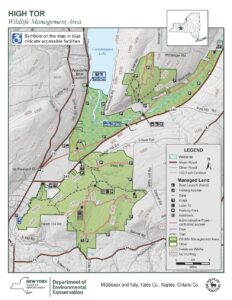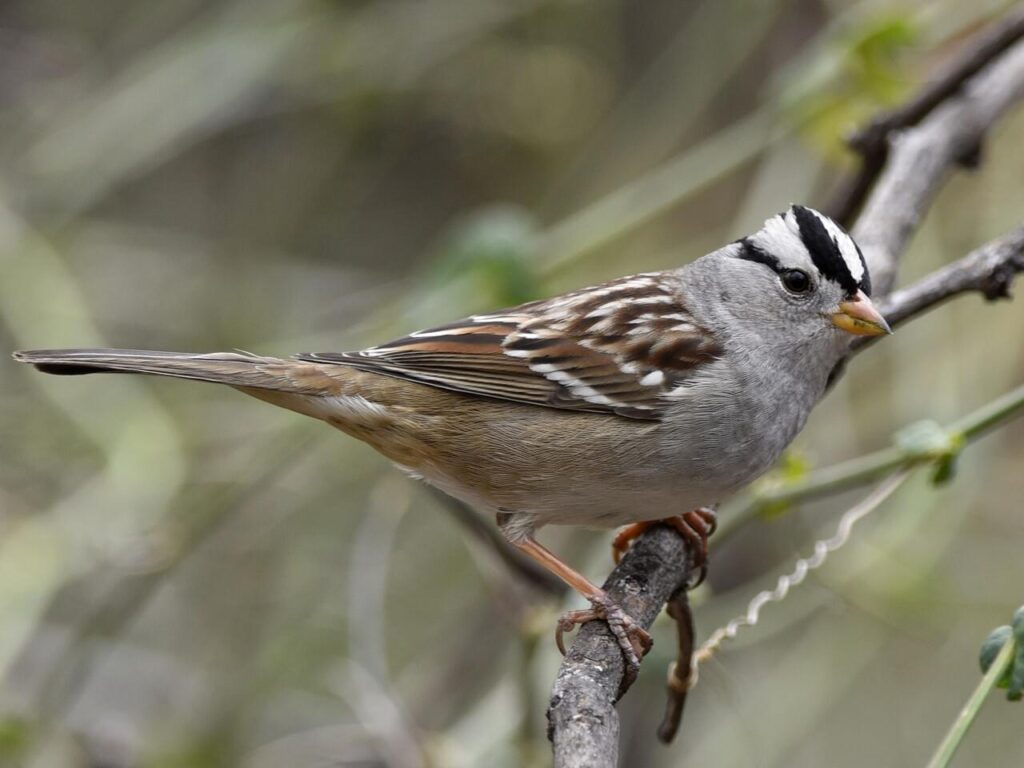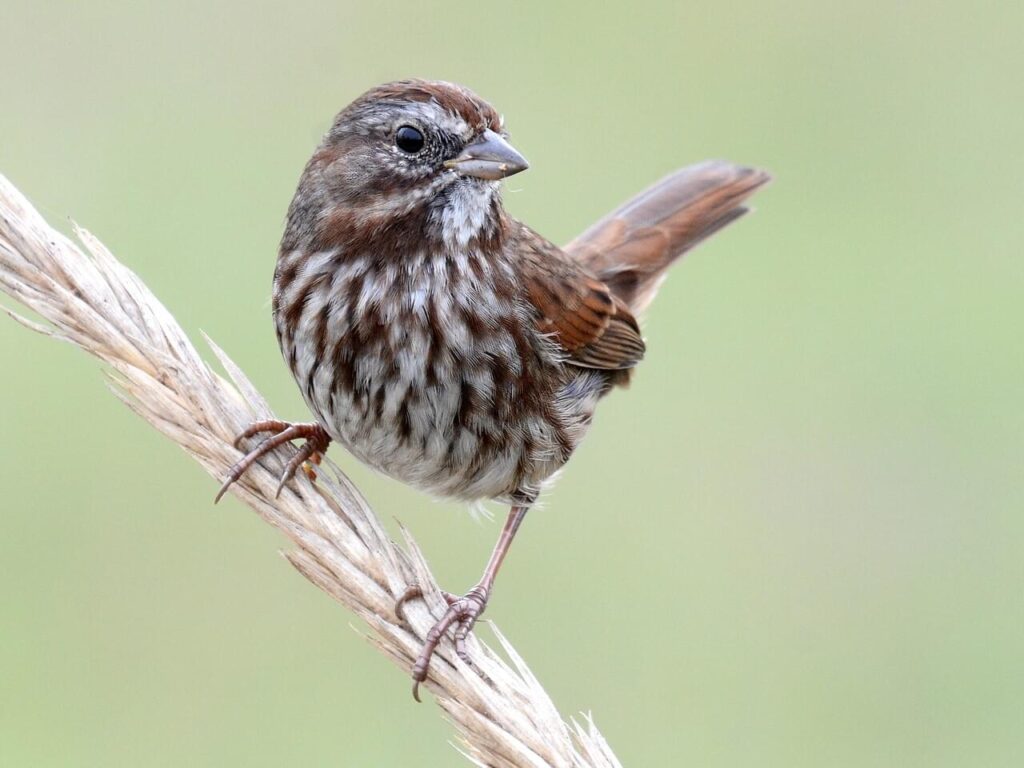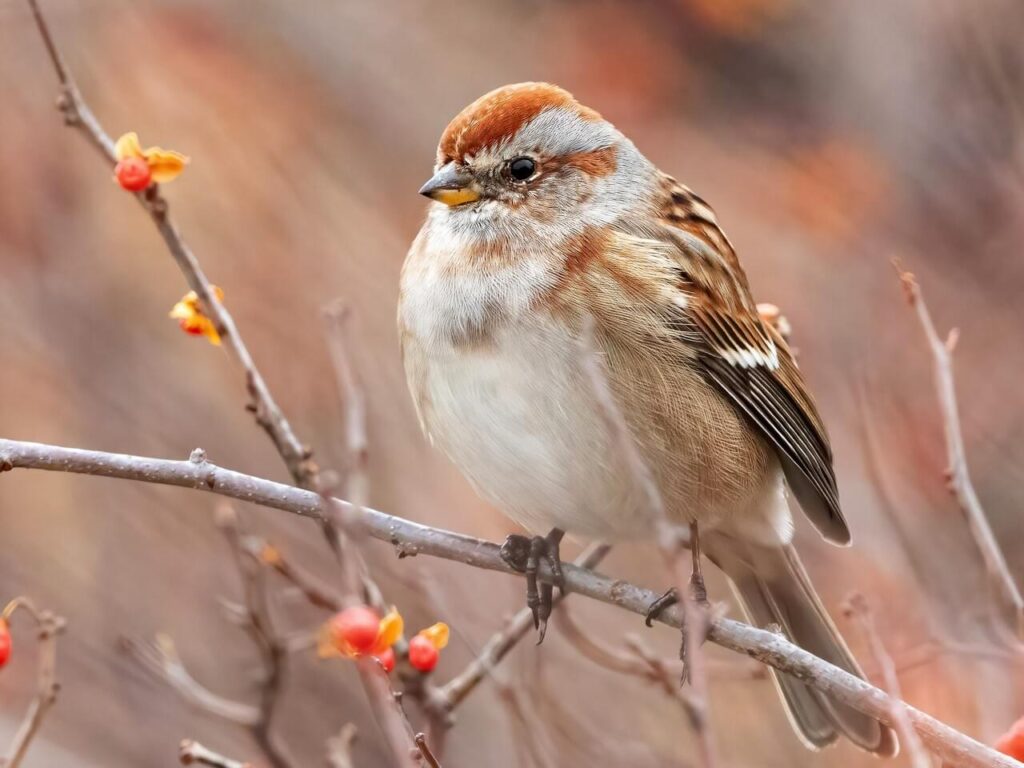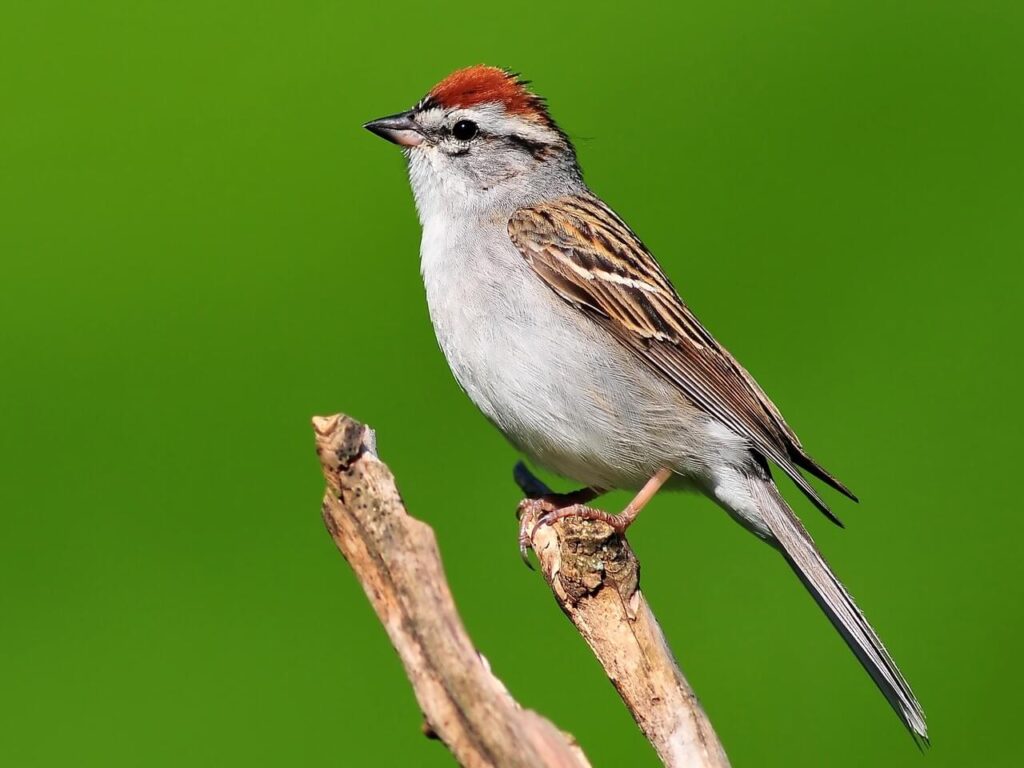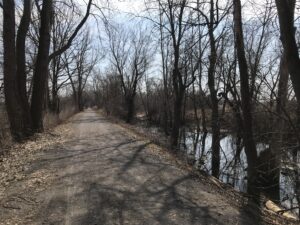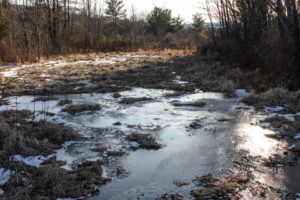
The walk this Sunday will be a hike of our section of the Bristol Hills Branch of the Finger Lakes Trail in Naples. Springwater Trails has signed up with the FLT to maintain this part of the trail. This segment passes through the West Hill Preserve off Seman Rd and then across private land to Mt Pleasant Street in Naples. The Twisted Branch Trail Run comes over this section later in the year; a couple of hundred runners will be pounding the hill and we want to be sure the trail is safe and fun to run.
We will walk this stretch of the BHB and cut away any brush and weeds that have overgrown the path. The most useful tools for this are lopers and a small saw. There’s usually several large trees down after the winter; we’ll make a note of these and come back with a chain saw to clear them another day. Be sure to wear good work or gardening gloves. It’s a fairly long hike and steeply downhill at the Naples end of the walk.
The Climbers will walk all the way from Seman Road to the Village of Naples. This is a long walk of about 5 miles and is fairly steep coming down into the village, but the weather looks to be dry this weekend reducing the risk of slippery mud.
The Tourists will hike the section of the trail on Nature Conservancy land, turning around at the FLT sign-in box where the trails moves to private property. This is about 2.5 miles.
The Naturalists will follow the same trail at least as far as the wetlands, and as much more of the trail as they are comfortable with.
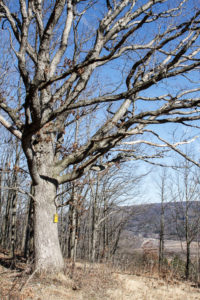
We will meet at the entrance to the West Hill Preserve on Seman Road (42.66166, -77.396288). We will shuttle some cars down to the hike end in Naples (42.625950, -77.397304) before we start.
Please note: Dogs are not allowed to hike on the Nature Conservancy property.
Another Note: When I last looked a couple of weeks ago there were several pieces of heavy equipment blocking the small parking area at the trailhead. If they are still there we’ll have to park along the road. Please park carefully and along one side only – the road is the minimum width a two-lane road can be.
The Social
The social with be at the Middletown Tavern at 183 S. Main Street in Naples.
Directions to the Hike Meeting Point:
From Springwater: Head south on NY 15 (for 5.2mi). At the light in Wayland turn left on NY 21N (for 6.7mi). In N Cohocton, turn left to stay on NY 21N (for 4.5mi). In Naples, turn left again to stay on NY 21N (for 1.8mi). On the north side of Naples, turn left on CR12 and head up the hill for 1.9 miles. Take the first left, Rhine St., to the 4 way intersection. Go left onto Seman Rd. Trailhead is about 1/2 mile, by a big sign on the left. Park along the road.
From Honeoye and Naples: Head south on CR 36 on the west side of Honeoye Lake (it’s 13.6 miles from NY 20A, and 1 mile from French Hill Road). Turn left onto Gulick Rd (for 2 mi), then right on Davis Rd (for 0.7mi). At the end of Davis, turn left on W Hollow Rd (CR 33) for 0.5mi, then right on Seman Rd. The Trailhead is about 1 mile, by a big sign on the right. Park along the road.
Directions to the social: From Seman Road, come down to Route 21 in the Village of Naples and turn right (that’s Main Street going South). The Middletown Tavern is on the left across from the gas station..

